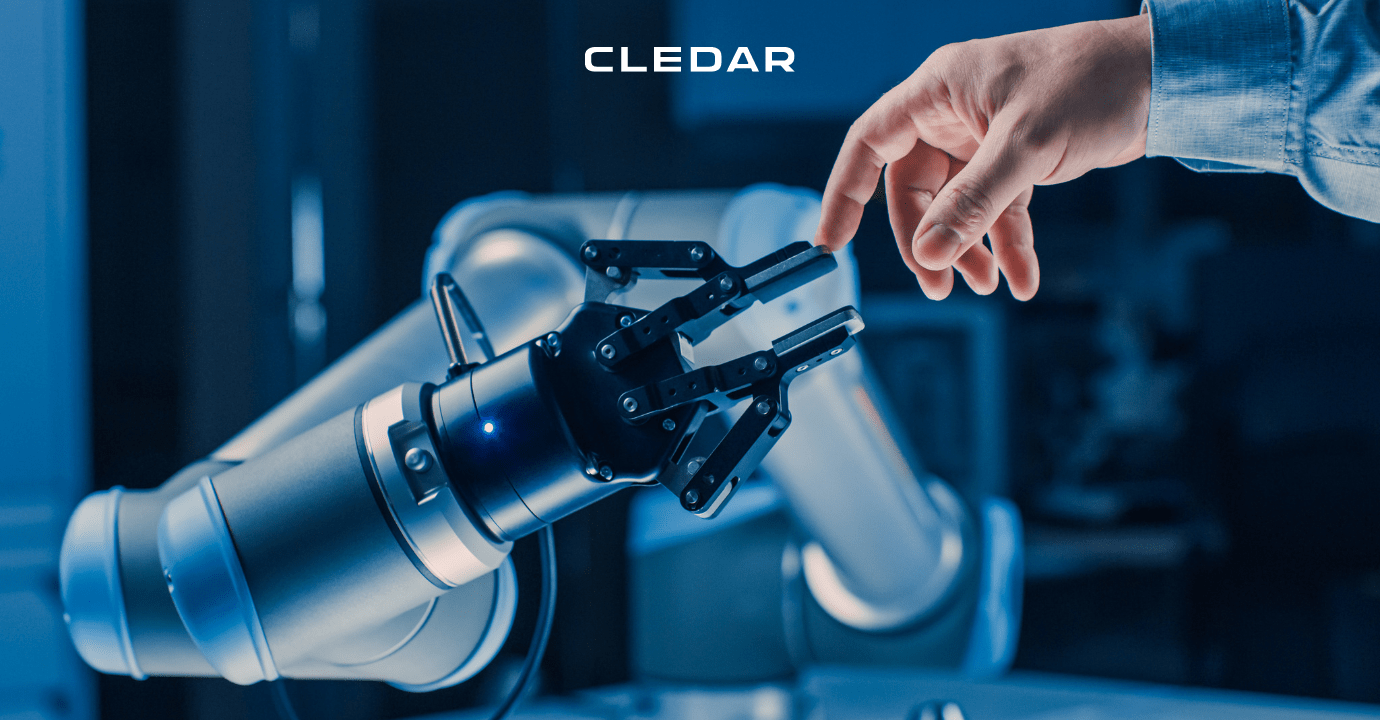“Cledar has been strongly linked to the development of artificial intelligence since its inception. Our team was involved in this development and has a good understanding of it, as we’ve got people on board who have been dealing with neural networks for over 20 years. It was a great opportunity for us to be working on large computing projects for the Large Hadron Collider, where we first used artificial intelligence methods on a larger scale to look for new elementary particles and study the smallest structure of the proton.
With the emergence of artificial intelligence, we now expect many profound changes. In my master’s thesis exactly twenty years ago, in which I dealt with the basics of deep neural network operation, I predicted that artificial intelligence would truly get into our lives when computer processing power reaches the level of exaflops. Then, AI would reach critical mass, and this will allow it to be applied to real-life problems that people face at the level of their perception. That’s what is happening right now. Network architectures and training algorithms have also been progressing rapidly. Transformers have been developed, embedding technology has advanced, and multimodal architectures are being created. All these advancements can be attributed to enormous fast memories and computing power, primarily due to the development of graphics cards.








